The simple story of memecoin marketing
Issue 20 of the newsletter is all about the simplicity of memecoin marketing. It also goes into background about how memes are becoming a new kind of measure of the attention economy.

It wouldn’t be much of a stretch to say that the internet runs on memes.
Memes are fun, they’re handy, and they fit into the way we communicate now.
Memes help us break down and digest in real time the complexities of our daily information diets.
The simple format of a memes also make it possible to strip out the complexity or jargon of a topic.
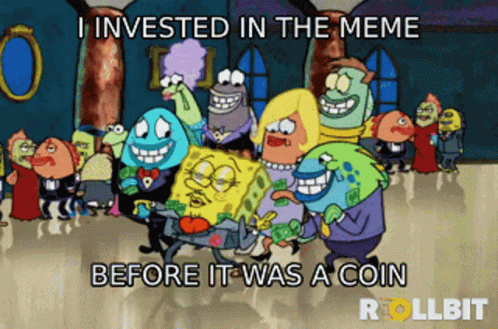
Right now we are living in a time where internet memes are becoming full-fledged memecoins — or memes that expand and contract in value.
When you start to actually think about what this all means, memecoins are fascinating for a number of reasons.
Here’s a previous post about this:
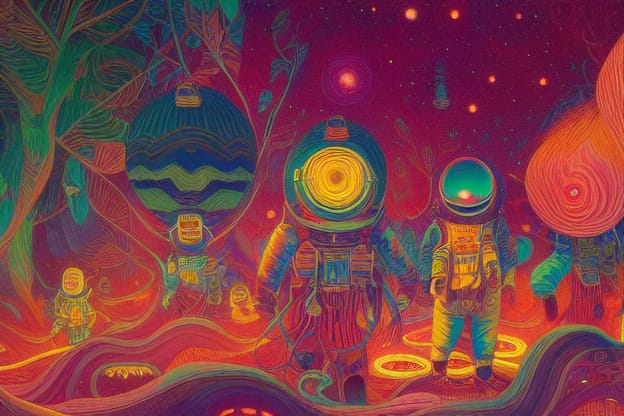
One facet of memecoins that makes them so fascinating is the way that they are marketed. After all, memes and memecoins need an audience.
Earlier this week a new kind of memecoin came thundering into the market — a celebrity coin. Caitlin Jenner launch Jenner coin.
This is not the first time a celebrity has tried to cash in on crypto hype. And it definitely won’t be the last. But there is something interesting about the sub-genre of celebrity memecoins that makes it so its hard to look away.
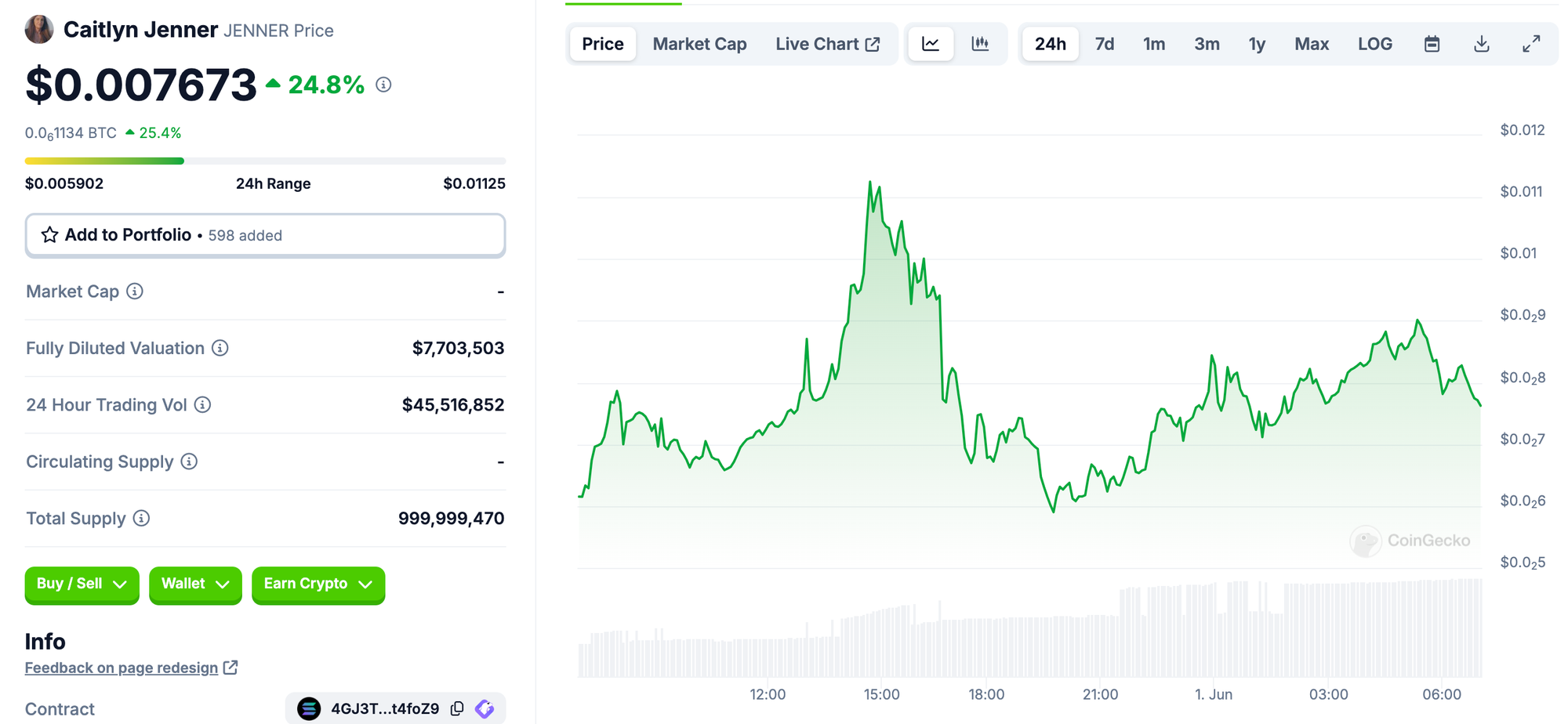
Memecoins + number go up
Good memes, like good marketing, are evocative. A meme makes us feel something, usually some combination of smart and funny, while good marketing can compel us to take action: buy, change, join, etc.
But something interesting is happening right now at the intersection of memes and crypto. Memecoins are not new by any means — they’ve been around since the early days.
Nevertheless, it feels like memecoins are becoming more like meme movements. Since memes reflect how people work and coordinate, the resurgence of memecoins means something.
Not only that, but memecoin marketing is becoming its own thing. The current state of the art of memecoin marketing is to strip out all of the fluff that normally accompanies product marketing and instead just rely on: “buy this and watch the price go up.”
That’s it.
If you understand crypto marketing, then you understand that memecoin marketing is like a meme within a meme.
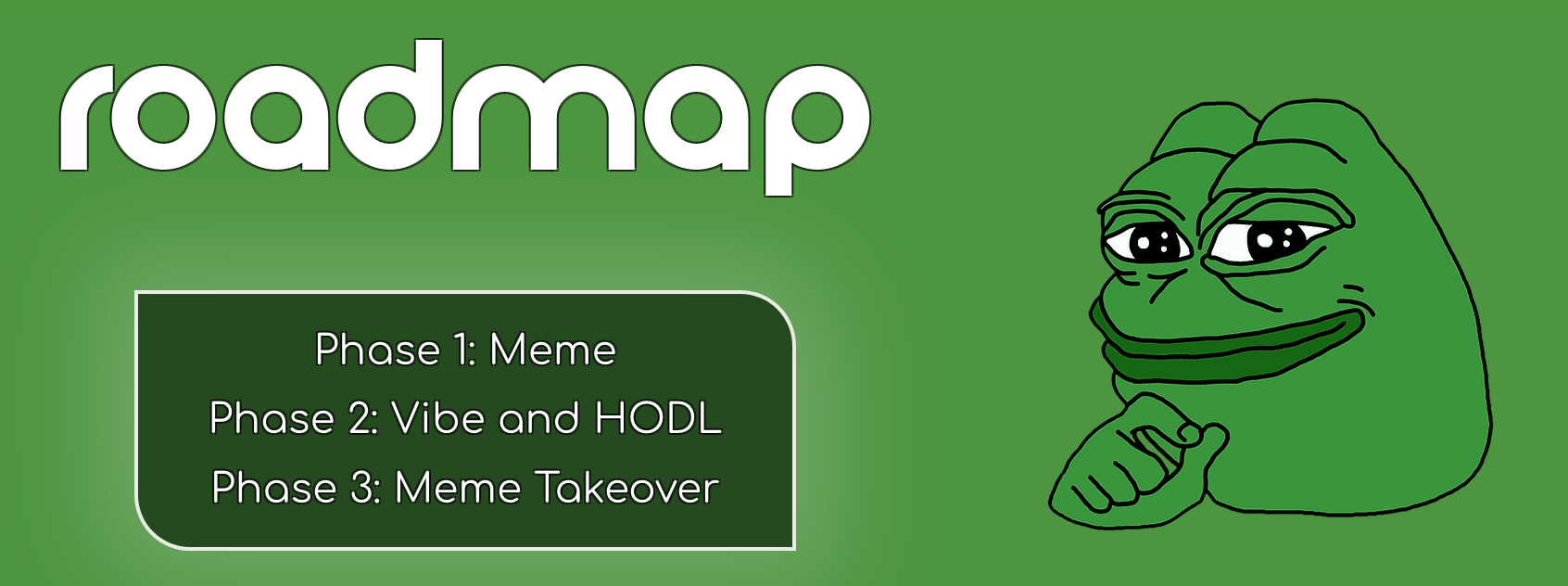
Most crypto marketing promises some kind of giant leap forward, or some kind of revolutionary system that will singlehandedly “fix” most of our current ailments.
But memecoin marketing turns that all on its head. There is no pretense or propped up value prop.
The entire value prop of a memecoin is buy more so that the number goes up.
Memes are a measure of attention
If memecoins mean anything, it’s that the internet might have found a way to monetize attention.
We’ve heard that phrase before, “monetize attention.”
For some, memecoins are easy to dismiss. After all, they have that whiff of passing internet trend about them.
With all of the troubles of the world, why waste time trying to figure out the latest dog coin, cat coin, or now celebrity coin?
Well, it’s because memecoins in all of their genres, only exist because they there’s something about them that makes them a perfect fit for the way we live now.
Rather than get caught up in the silliness of the fact that a memecoin called cat in a dogs world (MEW) has a market cap of $379 million at the time of this writing, it might make sense to ask more about what makes a project like this go viral.
It launched in March of this year and its main attraction is that its a cat-version of popular dog memecoins (which in themselves also have no utility).
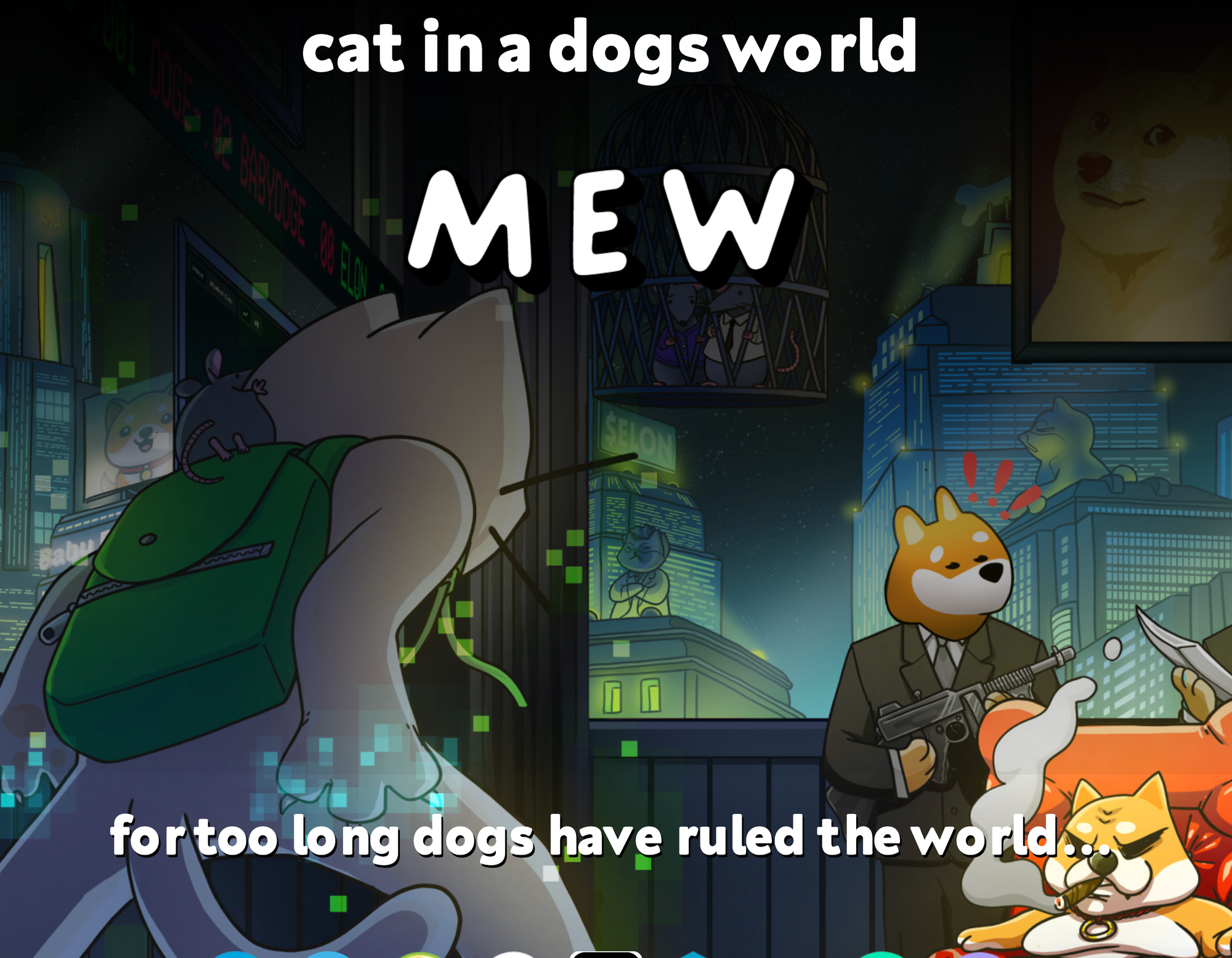
But if we step back from the memecoins for a second and look at the actual mechanism of memetics it helps to better understand that the way attention moves and is monetized on the internet is changing.
Put another way, web2 was based on the remnants of mass media models, only it was more targeted and more surveillance heavy. Under that framework, attention on the internet is monetized via advertising.
Web3 enables different kinds of tools and different methods of organizing and collaborating. Instead of advertising funnels, memecoins are demonstrating a kind of opt-in attention market.
Think of memecoins like a popularity market, or a prediction market. People are willing to buy into memecoins because there is a collective belief that the underlying meme will grow in popularity. As it does, the price goes up. When memes lose traction or attention (or fall out of popularity) the price crashes.
This idea of crowd sourcing popularity and prediction and attention at internet scale is novel and trying to understand how this all works is the underlying utility of all of these crazy coins.
Right now memecoins are fun and light-hearted because they are new. Monetizing memes is experimental, and so people are having fun creating dog coins and then their cat counterparts.
But, to bring this full circle to where we started, likely the “experimental” phase of memecoins ends — maybe it ends with a new round of celebrity coins or influencer offerings. After all, the idea of celebrity popularity maps pretty easily to the idea of attention assets.
While reading up on memes, I found this gem. The source is from the Webster Dictionary site, but quoting an article in the LA Times, it explains,
"Memetics sees ideas as a kind of virus, sometimes propagating in spite of truth and logic. Its maxim is: Beliefs that survive aren't necessarily true, rules that survive aren't necessarily fair and rituals that survive aren't necessarily necessary. Things that survive do so because they are good at surviving." SOURCE
The crazy part, is that article talking about memes is from 1999 and the early days of the internet. Most futurists imagine a world that looks like the metaverse or some kind of immersive virtual reality.
But what if future alternate realities — or the world we all go to escape the real world — is a world of memes, or collected oddities that give us a place to process the complexities of everything going on around us.